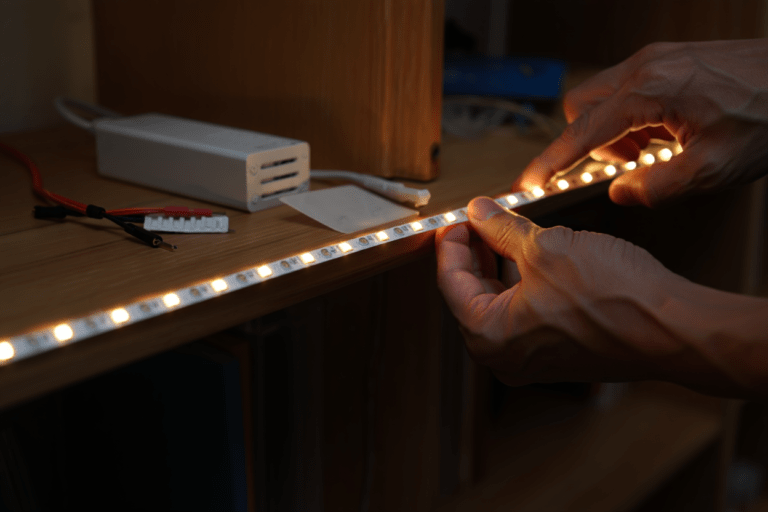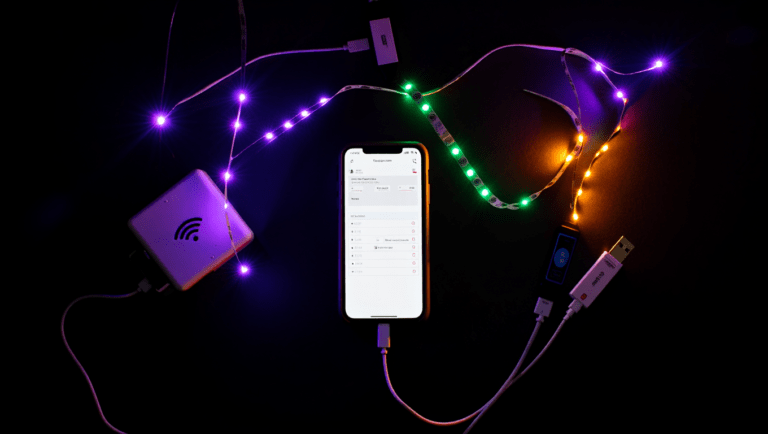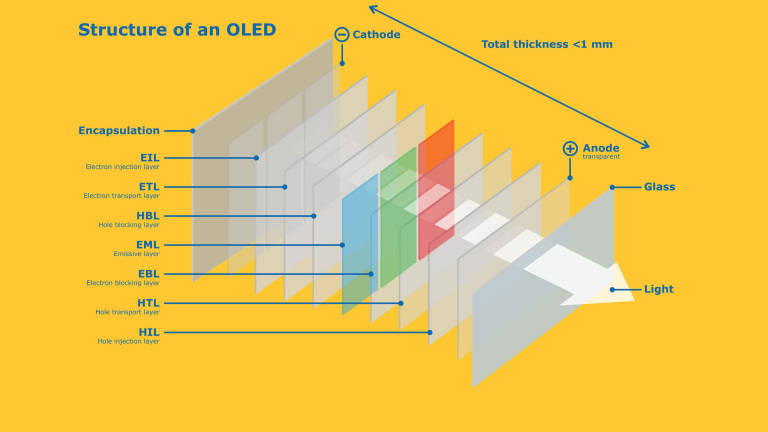Do LED Strip Lights Attract Bugs?
Table of Contents
After sunset, when the outdoor lights are turned on, a remarkable sight unfolds as numerous flying bugs gather in unison. The lights act as a magnet, attracting insects such as moths, flies, giant mosquitoes, mayflies, beetles, and other bugs. Predatory creatures like frogs eagerly await this feast and position themselves near the light source. This intriguing phenomenon can be attributed to phototropism, the tendency of bugs to be drawn toward light.
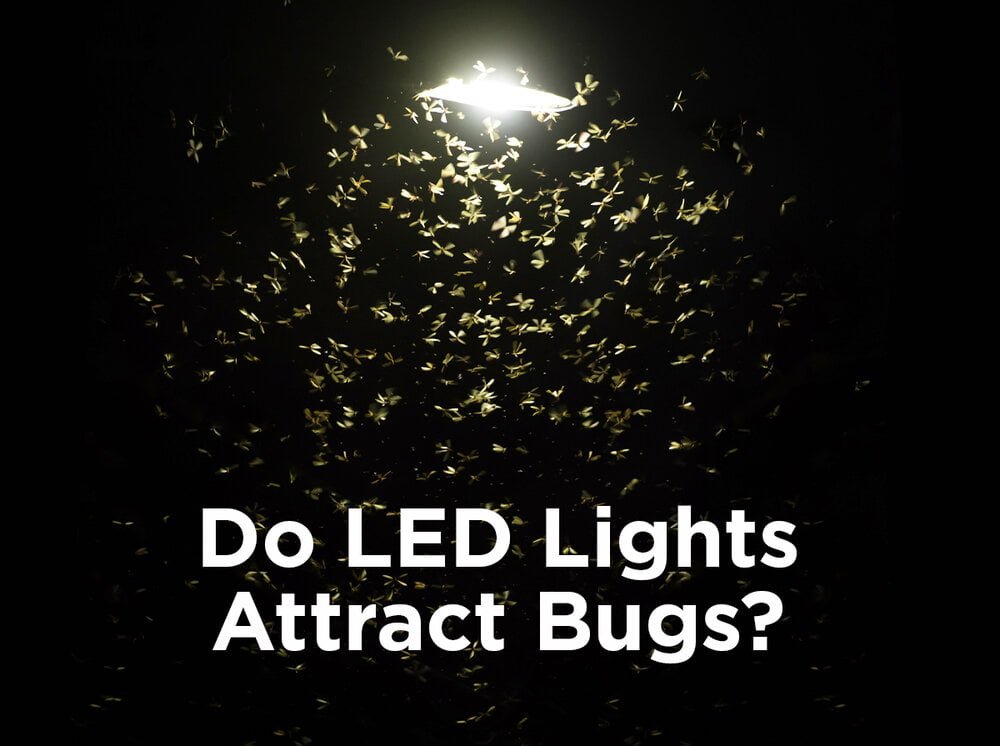
Understanding Phototaxis in Bugs
While most bugs exhibit phototaxis, noting variations within this behavior is essential. Some bugs display positive phototaxis, actively approaching the light source, while others exhibit negative phototaxis, deliberately moving away from it. A familiar example of positive phototaxis is witnessed when flying bugs congregate around street lights during nighttime. On the contrary, creatures like snails and watermelon bugs demonstrate negative phototaxis.
Scientific Insights into Light Attraction
Numerous studies have explored the connection between light and bug presence. In their research paper titled “Insect Vision: Ultraviolet, Color and LED Light,“ Marianne Shockley Cruz and Rebecca Lindner from the University of Georgia’s Department of Entomology shed light on this. They conducted experiments that supported the existence of color perception in bugs, showing that they are exceptionally responsive to shorter wavelengths of visible and ultraviolet light.
Wavelengths are measured in nanometers, and those below 550 nanometers can represent ultraviolet (UV), blue, or green light. Additionally, Cruz and Lindner cited research that demonstrated the influence of ultraviolet light emitted by the sun and moon on the navigation abilities of specific bugs.
Another critical factor is that specific bugs, such as mosquitoes, are attracted to heat and possess thermoreceptors to assist them in locating it. This knowledge contributes to our understanding of why bugs are drawn to specific light sources.
Understanding Color Temperature and Wavelengths
The color of a light source plays a significant role in attracting insects. As previously mentioned, insects are more drawn to shorter wavelengths, such as ultraviolet, blue, and green, while longer wavelengths, like yellow, orange, and red, are less visible. Notably, most bugs cannot perceive light within the range of 650 nanometers (yellow). Bugs rely on the ultraviolet and infrared light spectrum to navigate and locate food. Since different types of bugs have varying abilities to see different wavelengths of light and are often attracted to heat, bug lights cannot guarantee 100% effectiveness. However, they diminish bug populations by minimizing the light accessible to most bugs. Incandescent, compact fluorescent (CFL), halogen, and high-intensity discharge lamps emit ultraviolet radiation, appealing to bugs. Since some bugs utilize ultraviolet light from the sun and moon for navigation, a closer and brighter ultraviolet light source can disrupt their direction and attract them.
On the other hand, LEDs emit very little or no UV light, making them less visible to bugs. Nevertheless, LEDs can still emit shorter light wavelengths, specifically blue-white/cool white, which are more enticing to insects. Therefore, when choosing LED strips, it is essential to select LED strips that emit more light at wavelengths above 550 nanometers, such as warm white, super warm white, or yellow.
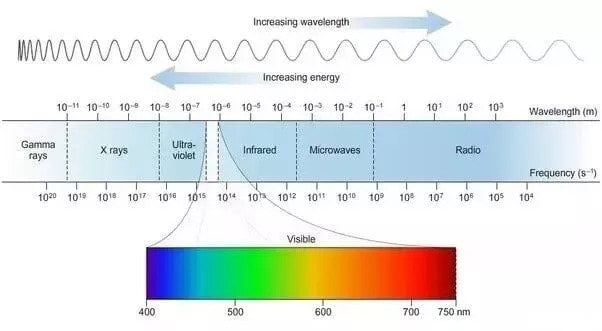
Heat
Most energy (around 90%) utilized by incandescent, halogen, CFL, and HID light bulbs is emitted as heat. Insects equipped with thermoreceptors can sense the warmth produced by these light sources. Conversely, LED strips produce minimal heat, which reduces their attractiveness to bugs.
What types of insects are attracted to LED strip lights, and which are not?
1. LED Strip Lights and Spiders
Spiders are drawn to LED strip lights as they serve as a convenient hunting ground at night. LED strip lights attract other bugs, which become a food source for spiders. Spiders will likely follow if you notice other bugs around your LED strip lights. Methods to Deal with Spiders:
One effective solution is to apply a DEET chemical around your LED strip lights or in their vicinity. DEET is highly efficient and can be sprayed or used in a repellent form. Placing sticky traps near your LED strip lights can also help capture spiders, as they tend to frequent these areas. You can use natural items such as grapefruit peel, peppermint oil, or cinnamon around the lights for a chemical-free approach to deter spiders.
2. LED Strip Lights and Wasps/Hornets
Wasps and hornets are also attracted to LED strip lights due to the abundance of other bugs. They rely on these bugs as a food source, especially the ones drawn to LED strip lights. Hence, it’s common to find wasps and hornets near your LED strip lights if other bugs exist. Methods to Deal with Wasps/Hornets:
One effective method is using DEET, similar to dealing with spiders. Spraying with permethrin, which can be found in repellents, is another effective way to eliminate wasps and hornets. Sticky traps can be strategically placed to catch these insects, providing a chemical-free approach. Water or vinegar in a spray bottle is also a chemical-free method to kill wasps and hornets.
3. LED Strip Lights and Bees
Although rare, bees can be attracted to LED strip lights because the light triggers a phototactic response in their behavior. The phototactic response refers to the tendency of bees to orient themselves toward a light source. If you observe bees around your LED strip lights, it is likely because of this phototactic response. Methods to Deal with Bees:
Temporarily turning off the lights may prompt bees to leave. If bees persist, you can try spraying them with water or using a fan to blow them away. It is not recommended to kill bees with chemicals due to their vital role in pollination. If you need to remove them, spraying water or using a fan will suffice.
4. LED Strip Lights: A Magnet for Flies
Flies and other insects, like moths, can be drawn to LED strip lights due to their bright illumination. These bugs are naturally attracted to intense light sources. Additionally, the navigation system of these insects can become disoriented when near LED strips. They mistake the lights for sunlight or moonlight, causing them to fly toward the source inadvertently. Consequently, they become lured by the light.
Several effective methods are available to tackle the issue of flies congregating around your LED strip lights. One highly efficient approach is to employ fly traps near the bugs, capitalizing on their attraction to light. Another helpful tactic involves using tape, which functions similarly to a flytrap since luminous objects entice flies.
5. LED Strip Lights: Attracting Centipedes
If you notice centipedes congregating near your LED strips, it’s likely because they are drawn to the presence of other insects. Like spiders, centipedes are attracted to LED lights due to the abundance of their prey in that area. In this scenario, centipedes actively search for other insects lured by the LED light, relying on these insects for sustenance.
Practical Solutions for Eliminating Centipedes:
It is crucial to safely and efficiently remove centipedes, considering their potentially painful bites. Numerous methods can be employed to eliminate these centipedes that linger near your LEDs. One highly effective approach is the application of borax powder, which disrupts the centipede’s exoskeleton, leading to its demise. Diatomaceous earth or sodium borate can also be used, as they have a similar effect to borax. Another efficient method involves the use of traps that can either be purchased or created by yourself. Glue traps, in particular, have proven highly effective in eradicating centipedes.
6. LED Strip Lights and Cockroaches
LED strip lights do not attract cockroaches because they prefer damp and dark environments.
7. LED Strip Lights and Bed Bugs
Bed bugs are not drawn to LED lights or any other type of light, as they primarily seek out dark hiding places such as beds, clothes, and curtains.
8. LED Strip Lights and Ants
LED strip lights do not attract ants as they do not emit UV light, which ants are naturally attracted to. Ants are typically enticed by food, water, and warmth rather than LED lights.
Conclusion
Different bugs are attracted to different wavelengths of light, including UV light, which they can see better and sometimes use for navigation. LED strips that emit shorter wavelengths of light, such as cool white or light blue, tend to attract more bugs. On the other hand, LED strips that emit longer wavelengths of light, like yellow, orange, or red, are less visible to bugs. The heat generated by LED strips can also attract bugs to a specific area. However, LED strips generally produce little to no UV light and minimal heat as long as they emit longer wavelengths of light.
MyLiKeLED is a manufacturer of high-quality LED strips and LED neon flex. Our products undergo rigorous testing in advanced laboratories to ensure superior quality. Moreover, we provide customizable options for our LED strips and neon flex. For the premium LED strips and LED neon flex, contact MyLiKeLED immediately.
FAQs
No, not all LED strip lights are the same. Some LEDs that produce cooler, blue-toned light may still attract a few bugs, while warm white or yellow-toned LEDs attract very few.
Warm white, yellow, or amber LED strip lights are best. These colors are less visible to most insects and help keep them away.
Yes, you can use LED strip lights outdoors with minimal bug problems. Just choose strips with warm color temperatures and avoid lights with high UV output.
Sometimes, yes. Extremely bright lights can still catch the attention of some bugs, so using dimmer settings or lights with a lower intensity can help reduce this.
Yes! In addition to using bug-friendly LED lights, you can install lights away from doors and windows, use citronella candles, or set up bug traps nearby.

Hi, I’m Xylia Xiong, a sales professional with 14 years of experience in the LED strip light industry. I specialize in providing tailored solutions, leveraging my expertise in LED products and the latest industry trends. Known for effective communication and problem-solving, I’m dedicated to helping lighting manufacturers, importers, and distributors achieve their goals.
Let’s work together to create customized solutions that exceed expectations.
Related Posts

- Call Us: +86-15920391130
- Email: info@mylikeled.com
- Office Address: No. 4 Keying road, Beitai road, Baiyun district, Guangzhou, China
- Factory: Building 12, Liandong U Valley, Guangqing Industrial Park, Shijiao Town, Qingcheng District, Qingyuan City, Guangdong, China
Copyright © 2025 – My Like Led All rights reserved.

